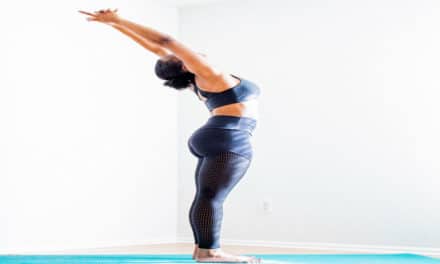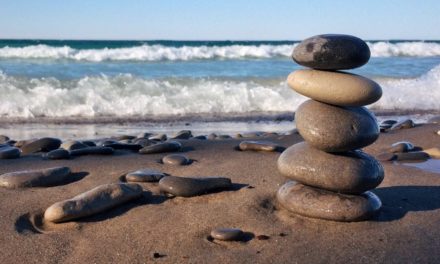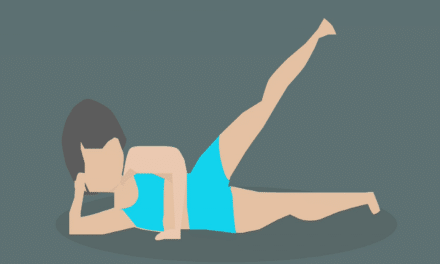For the last year, I have been working with my physiotherapist to build strength and stability in my knees. My quads are significantly affected by my condition, which results in my body over-relying on my calves and hamstrings. This occasionally manifests as discomfort in the knee as well as difficulty walking up hills or going upstairs. Today, I am focusing on some exercises that build this strength when you start with having weak quads in the first place. I will draw on resources I have found online and exercises I have been doing myself to provide a useful library of information.
The first exercise I discuss is called Crab Walk and comes from Precision Physio’s article “6 Best Exercises to Re-Build Your Glutes.” This involves standing in a hip hinge position with the band around your knees and sidestepping to the right and left. If this is too easy for you, you can place the band around the middle of your feet. The article also speaks to glute bridges, which have been discussed before. As a quick refresher, it involved putting your feet shoulder-width apart and pushing through the heels of your feet to drive the hips upward. To target the quads more effectively, I lift the front of my feet so my heels are the only part of my feet touching the ground.
The next few exercises come from Next Level Physio’s “10 Best Quad Exercises For Bad Knees (From Experts!).” I have never done it before, but the next exercise is the Terminal knee Extension. It involves putting the band right above the back of your knees and attaching it to a stationary object. At the start of this exercise, your knees should be slightly bent. Then, you alternate both legs, flexing the knee forward and extending the knee backward against the resistance band. Another exercise discussed in the article is a Straight Leg Raise, which involves you lying flat or sitting on the ground or on a bed. Start by squeezing your quad muscles. While keeping it fully squeezed, slowly lift it into the air and lower it, but make sure you are squeezing your quad the whole time. The final exercise I will discuss in this article is the Isometric Quad Holds. To start, lie or sit face up on a hard surface. Push your knee onto your bed, contract your quad muscles, and slightly lift your leg up.
The next set of exercises are exercises I perform frequently, but I am unable to find a video, so I will do my best to explain them. The first exercise involves walking with slightly bent knees. Given that I walk in hyperextension, this exercise helps me train my body to walk with a bend in my knees. As you develop strength, you can dip your legs lower. Similar to this exercise, you can stand single and bend one of your knees as much as you can to mimic a single-leg squat. The next exercise I do is an assisted squat. This involves me holding onto two sticks for balance and pushing against them as necessary when I am squatting to help me get up and down. Make sure you find a chair (or use an adjustable bed in my physio) as low as you can go with your quads without overcompensating by leaning too far forward. At my physio, I also perform single-leg squats on a pilates machine. As someone with muscular dystrophy, I always make sure to use a low weight and not work my legs out to exhaustion while doing this exercise.





